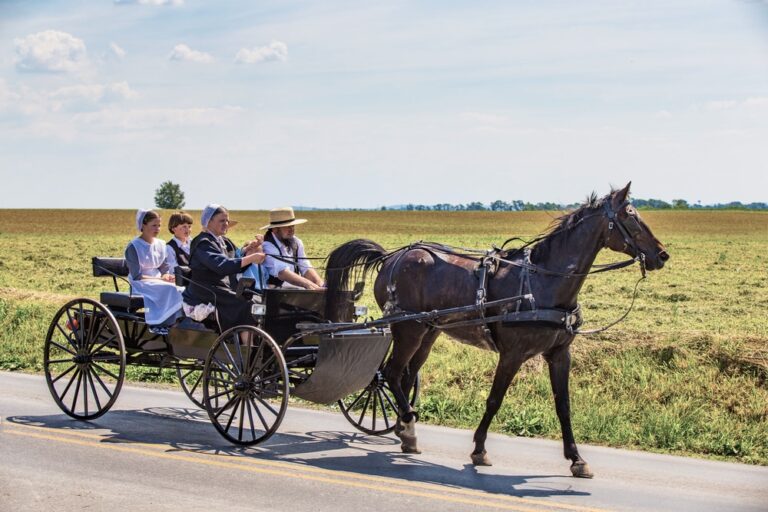From Ground to Spotlight: Tips for Assembling Large Event Stages
When it comes to hosting a memorable event, the stage is often the centerpiece that sets the tone. Whether it’s a music festival, corporate gala, or theatrical production, assembling a large stage requires careful planning, technical knowledge, and a keen eye for safety. A well-constructed stage not only ensures the show goes on smoothly but also leaves a lasting impression on your audience. Here’s a comprehensive guide with practical tips to help you assemble large event stages efficiently and safely.
1. Plan Before You Build
The first step in assembling a large stage is thorough planning. Understand your event’s requirements: How many performers or speakers will be on stage? What type of equipment will be used? How much audience space is available? Once you have answers to these questions, you can design a stage layout that accommodates both functionality and safety.
It’s also essential to check local regulations. Many cities and venues require permits for large structures. Ensuring compliance with these rules can prevent last-minute disruptions and fines.
2. Choose the Right Stage Type
Large stages come in various types, including modular, portable, and custom-built designs. Modular stages are popular because they allow flexibility in size and shape, making them ideal for festivals and outdoor concerts. Portable stages, on the other hand, are quick to assemble and dismantle, perfect for temporary events. Custom-built stages offer the most flexibility but require more time, expertise, and budget.
Selecting the right stage type depends on your event’s scale, budget, and timeline. Remember, investing in a sturdy, reliable stage is crucial—safety should always be your top priority.
3. Gather the Proper Equipment
Before you begin assembling a large stage, make sure all essential tools and materials are ready. Key equipment typically includes:
- Stage platforms and risers
- Trusses and support beams
- Fasteners, clamps, and brackets
- Safety rails and guardrails
- Ladders, scaffolding, or lifts for working at height (and consider crane rental in Utah for heavy or elevated components)
- Protective gear, including helmets and gloves
Having all equipment prepared in advance—including arranging a crane rental if needed—minimizes delays and ensures the assembly process runs efficiently and safely.
4. Assemble with a Team
Large stages are not a one-person job. Assemble a skilled team and assign specific roles, such as platform installation, truss assembly, and equipment setup. Communication is key; consider using walkie-talkies or a group chat to coordinate tasks efficiently.
Work systematically, starting from the ground up. Begin with the base platforms, secure them properly, and gradually add risers or extensions. Once the stage surface is complete, you can install trusses, lighting rigs, and other overhead elements.
5. Prioritize Safety
Safety cannot be overstated when assembling large stages. Ensure the stage structure is level and stable, and use safety rails wherever needed. All team members should wear protective gear, and heavy lifting should be done with proper techniques or machinery.
Inspect each section thoroughly as you assemble it. A small oversight can lead to major accidents, especially in outdoor events where wind and uneven terrain can pose additional hazards.
6. Test Before the Spotlight
Before the event begins, conduct a full inspection and test. Check load-bearing capacity, secure all fasteners, and verify that lighting and sound equipment are properly mounted. If performers or speakers will be moving around the stage, run a rehearsal to ensure everything is stable and functional.
This testing phase helps identify any weaknesses or adjustments needed, preventing last-minute surprises and ensuring the event goes off without a hitch.
7. Efficient Dismantling and Storage
After the event, proper dismantling and storage are just as important as assembly. Remove equipment carefully, avoid dragging platforms across surfaces, and store components in a dry, organized space. Proper maintenance extends the life of your stage and ensures it’s ready for future events.
In Conclusion
Assembling a large event stage is a complex but rewarding task. With careful planning, the right equipment, a skilled team, and a commitment to safety, you can transform an empty space into a captivating centerpiece for your event. Remember, the stage is not just a platform—it’s the foundation for unforgettable performances, impactful presentations, and moments that stay in your audience’s memory long after the lights go down.
By following these tips, you’ll move smoothly from ground to spotlight, creating a stage that impresses both performers and spectators alike.
Keep an eye for more latest news & updates on Qiuzziz!






